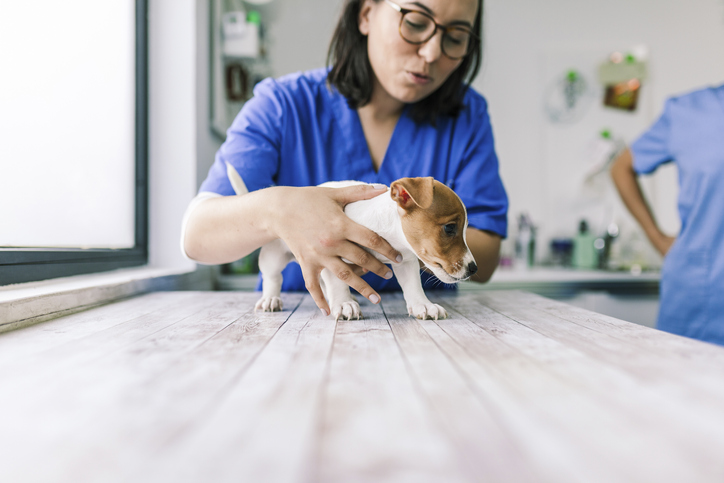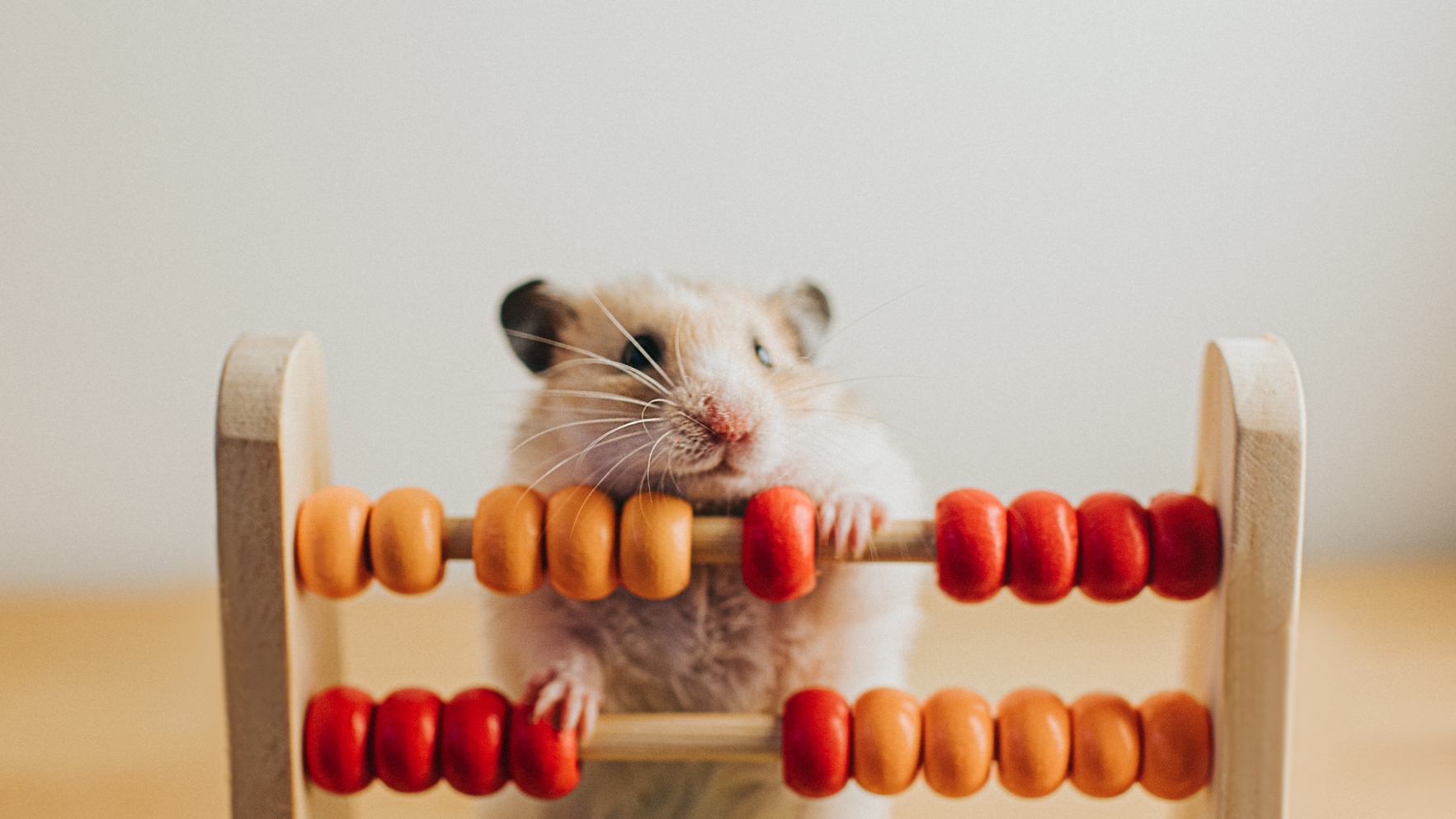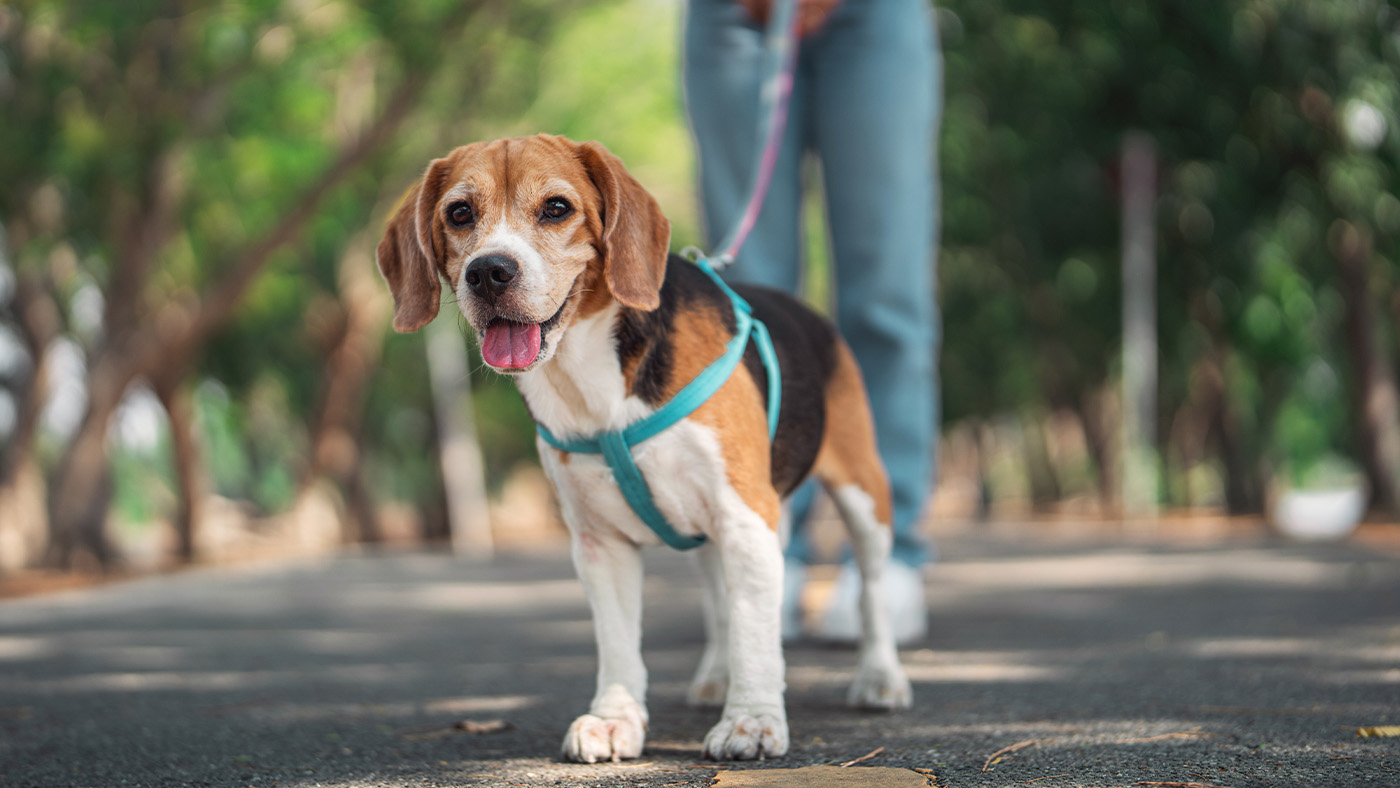Parvovirus in dogs and puppies: Vet's guide to signs and treatment
Parvovirus in dogs is highly contagious and often deadly. Our vet outlines everything dog owners need to know

A highly contagious virus that can have devastating effects, parvovirus in dogs and puppies causes severe vomiting and diarrhoea and is often deadly, especially if left untreated.
Parvovirus is found in the environment, including soil and grass, and young puppies that haven’t developed immunity are especially vulnerable.
There is no specific treatment for canine parvovirus, but intensive supportive care at a veterinary hospital gives puppies a much greater chance of survival. This article will help dog owners understand how canine parvovirus spreads, the signs to look out for and how best to protect your pup.
- Is my dog sick? Ten signs you need to take your dog to the vet
- How to identify a pet emergency: A vet’s advice on when to call the vet
- How much does an emergency vet cost? And how can you pay for one?
What is parvovirus?
Canine parvovirus is a highly infectious virus that attacks the lining of the gut, causing severe illness in dogs, including profuse vomiting and diarrhea.
This damage to the gut means the body is unable to absorb vital nutrients from food and is left vulnerable to infection of the bloodstream (septicaemia) through the gut wall. Parvovirus also weakens the immune system and the fluid lost through severe vomiting and diarrhoea can quickly lead to severe dehydration.
Parvovirus in puppies is an extremely serious disease with high fatality rates, especially if left untreated. Current research suggests that up to 91% of infected dogs that don’t receive appropriate treatment may die from parvovirus, but with intensive veterinary care, there is an 80-95% chance of survival. The disease typically affects young puppies between the age of 6 and 20 weeks, but may also affect adult dogs. Other names for parvovirus are CPV (Canine Parvovirus) and ‘parvo’.
How do dogs get parvovirus?
Parvovirus is highly contagious and is spread by fluids, such as faeces or vomit, from infected dogs. Your dog doesn’t have to physically come into contact with an infected dog to pick up parvovirus (though this is a common route of transmission) as the virus may also be present in the environment.
Contaminated objects like toys, food bowls, leads, collars, shoes, and clothing can also cause infection. It can even be passed onto dogs by human hands that haven’t been properly cleaned and disinfected. Parvovirus is an extremely resistant virus and has been known to survive in the environment for over a year.
Signs of parvovirus
Puppies and dogs can become critically ill extremely quickly with parvovirus and it’s important to seek veterinary attention as soon as possible. The signs to look out for include:
- Vomiting
- Severe diarrhoea (often bloody with a foul smell)
- Appetite loss
- Fever
- Lethargy
Diagnosing parvovirus

There’s no NHS for pets. Veterinary care can be eye-wateringly expensive and most pets will need treatment for an illness or injury at some point in their life. It’s difficult to think about your animals being hurt or unwell, but you need to ask yourself: what would you do if you were faced with a vet bill for hundreds or thousands of pounds?
If you suspect your dog or puppy may have parvovirus it’s best to get them checked as soon as possible. Your veterinarian will examine your pup and perform tests to confirm the diagnosis. The most common tests for parvovirus are faecal tests and most clinics will have a rapid test that can be performed in-house. These test kits produce a colour change for a positive result, similar to a pregnancy test, but it is possible (like any test) to have false positive or negative results.
For this reason, your vet may also send a faecal sample to the laboratory for a PCR test to confirm the diagnosis. Blood tests are also commonly performed for diagnosis and monitoring, as parvovirus causes a drop in the white blood cells that help protect the body against infection.
Treating parvovirus in puppies
The mainstay of treatment for canine parvovirus is supportive care as there is no medication or antiviral treatment that specifically targets the disease. The treatment plan will be customised depending on how unwell the patient is and what signs they’re showing. In nearly all cases, your pup will need to stay in hospital in a special quarantine ward. Vets and nurses will wear protective gear when handling and administering treatment to prevent spreading infection throughout the hospital.
Treatment includes placing your pup on a drip to administer fluids (intravenous fluid therapy) to correct dehydration, as well as pain relief and medications to stop the vomiting and diarrhoea. Antibiotics may also be given if required. In severe cases, your pup may even require a plasma or blood transfusion to replace valuable cells and proteins that have been lost or destroyed by the disease.
Despite our best efforts, many dogs will still die from parvovirus, especially young puppies with immature immune systems. Early diagnosis and treatment are essential to give your pup the best chance for recovery.
Tips for preventing parvovirus
Fortunately, vaccination provides very effective protection against canine parvovirus. It’s one of the key infectious diseases your dog will be vaccinated against as a puppy with boosters given regularly throughout adulthood to maintain protective antibody levels.
Puppies will need at least two vaccinations, 2-4 weeks apart to provide appropriate protection. Because parvovirus is so prevalent in the environment, it’s advised not to walk your puppy in a public place until at least one week after their final puppy vaccination. Puppies that aren’t fully vaccinated should also avoid contact with unvaccinated dogs. This includes any other dogs at home, who should be up to date with all their vaccinations before you consider bringing a puppy home.
Good hygiene is also essential. Dogs that have been discharged from the hospital after being treated for parvovirus may still be shedding the virus for a few weeks and should be isolated at home to avoid spreading the disease.
If you suspect or know that your home, yard, or items like food bowls may have been contaminated by a dog with parvovirus, contact your veterinary team to discuss disinfection before introducing a new puppy or unvaccinated dog. Though parvovirus is highly resistant to many cleaning agents, bleach (1 part to 30 parts water) will effectively inactivate the virus on indoor areas and surfaces. There are also specialised veterinary disinfectants that may be available through your local clinic.
Conclusion
Canine parvovirus is a devastating infectious disease, particularly for young vulnerable puppies. Making sure your dog is vaccinated and understanding the way the virus spreads is crucial to help protect your pup and others. When bringing home a new puppy, it’s best to contact your local veterinarian to discuss an effective vaccination protocol and to make sure any other dogs at home are up to date with their booster shots.
PetsRadar Newsletter
Get the best advice, tips and top tech for your beloved Pets
Ellen is an experienced small animal vet and copywriter who graduated from the University of Melbourne in 2012. She has worked in clinics across Australia, the UK and New Zealand, including the Massey University Veterinary Teaching Hospital where she discovered her passion for writing and education. Ellen’s veterinary interests include small animal medicine, surgery, nutrition, and rabbit medicine. She currently lives in Somerset with her fiancé and bouncy borzoi puppy named Yeti.

